Code
HCS28333
Weight
3.007 Kg / 6.63 lbs
Size
Height
26cm (10") Width
22cm (9") Depth
13cm (5") Material
Copper
Availability
Available

Safe Payment
We accept Paypal, Money Transfer, Bank Transfer
Confidence
Protection covers your purchase and personal data.
Worldwide Delivery
We ship Worldwide, except Russia.Shipping cost US$25.2 for upto 0.5 kgs

Hotline
Talk to help line for your question on 9841267335Gold Painted Face
The face of Buddhist Handmade Statue Of Gampopa, [face Painted], [gold Plated] is painted with gold to enhance its significant features, particularly the eyes, and lips. This detailed painting is essential as it brings forth the crucial attributes of the expression of eyes and lips that metal carving alone cannot capture.
Moreover, the painted face serves as a symbolic and sacred ritual in Buddhism, preparing the statue for consecration and practice. The act of painting the face with gold in Buddhism holds deep meaning. It represents the intention to bring life and expression to the statue, imbuing it with a sense of vitality and presence. The application of gold on the face showcases the devotion and craftsmanship of the artisans, ensuring that every detail is carefully attended to honor the sacred essence of the Buddhist Handmade Statue Of Gampopa, [face Painted], [gold Plated]. Read More . . .
The face of Buddhist Handmade Statue Of Gampopa, [face Painted], [gold Plated] is painted with gold to enhance its significant features, particularly the eyes, and lips. This detailed painting is essential as it brings forth the crucial attributes of the expression of eyes and lips that metal carving alone cannot capture.
Moreover, the painted face serves as a symbolic and sacred ritual in Buddhism, preparing the statue for consecration and practice. The act of painting the face with gold in Buddhism holds deep meaning. It represents the intention to bring life and expression to the statue, imbuing it with a sense of vitality and presence. The application of gold on the face showcases the devotion and craftsmanship of the artisans, ensuring that every detail is carefully attended to honor the sacred essence of the Buddhist Handmade Statue Of Gampopa, [face Painted], [gold Plated]. Read More . . .
Full Fire Gold Plating
This Buddhist Handmade Statue Of Gampopa, [face Painted], [gold Plated] is finished with full gold plating. also known as mercury gold plating or fire gold plating. This traditional technique involves the application of a genuine layer of gold onto the Buddhist Handmade Statue Of Gampopa, [face Painted], [gold Plated]. Referred to as mercury gold plating, it is considered the correct and authentic form of gold plating in Nepal. Despite being more expensive than electroplating, this traditional mercury gold plating is gaining popularity again in Nepal. People are drawn to its authenticity, longevity, and the unmatched beauty it brings to the Buddhist Handmade Statue Of Gampopa, [face Painted], [gold Plated]. The resurgence of interest in this traditional form of gold plating reflects a growing appreciation for the craftsmanship and cultural heritage of Nepal Read More . . .
This Buddhist Handmade Statue Of Gampopa, [face Painted], [gold Plated] is finished with full gold plating. also known as mercury gold plating or fire gold plating. This traditional technique involves the application of a genuine layer of gold onto the Buddhist Handmade Statue Of Gampopa, [face Painted], [gold Plated]. Referred to as mercury gold plating, it is considered the correct and authentic form of gold plating in Nepal. Despite being more expensive than electroplating, this traditional mercury gold plating is gaining popularity again in Nepal. People are drawn to its authenticity, longevity, and the unmatched beauty it brings to the Buddhist Handmade Statue Of Gampopa, [face Painted], [gold Plated]. The resurgence of interest in this traditional form of gold plating reflects a growing appreciation for the craftsmanship and cultural heritage of Nepal Read More . . .
Lost-Wax System
This Tibetan Masters Guru of Buddhist Handmade Statue Of Gampopa, [face Painted], [gold Plated] is made by the process of the Lost Wax system. This is a very complicated, time consuming and historic process of making metal sculptures.Which is why it is sometimes called Precision Casting as well. Hence the sculptures made by this process are comparatively expensive. There are many new, advanced and less time consuming methods of casting metal sculptures available as well. But due to the benefits provided by the traditional lost wax system in quality control and customization, we prefer the Loss wax system over Ceramic molding, or sand casting to make our Tibetan Masters Guru.
Below we have tried to illustrate the process of making a loss wax system statue: Read More . . .
This Tibetan Masters Guru of Buddhist Handmade Statue Of Gampopa, [face Painted], [gold Plated] is made by the process of the Lost Wax system. This is a very complicated, time consuming and historic process of making metal sculptures.Which is why it is sometimes called Precision Casting as well. Hence the sculptures made by this process are comparatively expensive. There are many new, advanced and less time consuming methods of casting metal sculptures available as well. But due to the benefits provided by the traditional lost wax system in quality control and customization, we prefer the Loss wax system over Ceramic molding, or sand casting to make our Tibetan Masters Guru.
Below we have tried to illustrate the process of making a loss wax system statue: Read More . . .
Brief Introduction :
Gampopa "the man from Gampo" (Tibetan: སྒམ་པོ་པ་) Sönam Rinchen (Tibetan: བསོད་ནམས་རིན་ཆེན་, Wylie: bsod nams rin chen, 1079-1153) was a Tibetan Buddhist teacher in the Kagyu lineage, as well as a doctor and tantric master who founded the Dhagpo Kagyu school. He is also known as Dvag Popa, and the titles Dakpo Lharjé "the physician from Dakpo" (Tibetan: དྭགས་པོ་ལྷ་རྗེ་, Wylie: dwags po lha rje) and Daö Zhönnu, "Chandraprabha Kumar" (Tibetan: ཟླ་འོད་ཞོན་ནུ་, Wylie: zla 'od gzhon nu).
Biography :Gampopa was born in the Nyal (or Nyel) district, Central Tibet and from an early age was a student of medicine in the Indian, Chinese and Tibetan medical traditions. Later in his life he moved to the region of Dakpo (dwags po) in southern Tibet and hence was also called Dakpopa (dwags po pa), the man from Dakpo. The region is also near Gampo Hills, hence his other name, Gampopa. In his youth Gampopa studied under the Nyingma lama Barey as well as under the Kadampa teacher Geshe Yontan Drag. He married a daughter of a man named Chim Jose Darma Wo (mchims jo sras dar ma 'od) and had a child, but they both died, causing him to renounce the householder's life. In 1104, at the age of twenty-five he took ordination, either in Dakpo or in Penyul, at Gyachak Ri monastery ('phan yul rgya lcags ri), receiving the name Sönam Rinchen (bsod nams rin chen)." After becoming a monk in the Kadampa lineage under Geshe Loden Sherab and focused on studying the Kadampa teachings. In his 30s he sought out and became the foremost student of the yogi Milarepa. Milarepa instructed him in the practice of Vajravārahī, tummo (gtum mo) and Mahāmudrā.
Gampopa's position in the transmission lineage of the Mahamudra teaching is as follows:
Tilopa (988-1069), the Indian yogi who experienced the original transmission of the Mahamudra
Naropa (1016-1100), who perfected the methods of accelerated enlightenment described in his Six Yogas of Naropa.
Marpa (1012-1097), the first Tibetan in the lineage, who translated the Vajrayana and Mahamudra texts into Old Tibetan
Milarepa (1052-1135), poet and master who overcame Marpa's reluctance to teach but nonetheless attained enlightenment in a single lifetime
Gampopa, Milarepa's most important student, who integrated Atiśa's Kadam teachings and Tilopa's Mahamudra teaching to establish the Kagyü lineage
This lineage sequence, taken together, is called the "Five Founding Masters" by the Kagyu school.
After his studies with Milarepa, Gampopa founded Dakhla Gampo Monastery (Dwags lha sgam po) in 1121 CE. He had many great students who were accomplished tantric practitioners, both monks and laymen. Gampopa's teaching joined the Lamrim teachings of the Kadampa school with the Mahamudra and tantric teachings of the Kagyu school. According to Tony Duff, he taught Mahamudra in two approaches, "one is a gradual approach called the Four Yogas of Mahamudra, the other is a sudden approach called Essence Mahamudra.
Teachings :Gampopa's position in the transmission lineage of the Mahamudra teaching is as follows:
Tilopa (988-1069), the Indian yogi who experienced the original transmission of the Mahamudra
Naropa (1016-1100), who perfected the methods of accelerated enlightenment described in his Six Yogas of Naropa.
Marpa (1012-1097), the first Tibetan in the lineage, who translated the Vajrayana and Mahamudra texts into Old Tibetan
Milarepa (1052-1135), poet and master who overcame Marpa's reluctance to teach but nonetheless attained enlightenment in a single lifetime
Gampopa, Milarepa's most important student, who integrated Atiśa's Kadam teachings and Tilopa's Mahamudra teaching to establish the Kagyü lineage
This lineage sequence, taken together, is called the "Five Founding Masters" by the Kagyu school.
After his studies with Milarepa, Gampopa founded Dakhla Gampo Monastery (Dwags lha sgam po) in 1121 CE. He had many great students who were accomplished tantric practitioners, both monks and laymen. Gampopa's teaching joined the Lamrim teachings of the Kadampa school with the Mahamudra and tantric teachings of the Kagyu school. According to Tony Duff, he taught Mahamudra in two approaches, "one is a gradual approach called the Four Yogas of Mahamudra, the other is a sudden approach called Essence Mahamudra.
Gampopa most famous teaching is known as "The Four Dharmas of Gampopa", this is outlined in a key text of Gampopa called The Four Dharmas in Brief:
"It is necessary for: dharma to turn to dharma; dharma to turn into the path; the path to dispel confusion; and confusion to turn into wisdom"
The Four Dharmas in Brief further states about each of the four Dharmas:
(1) Dharma to turn to dharma means to meditate on impermanence, the fact that all things will be left behind at death and that only Dharma is of use, all must be renounced except Dharma.
(2) Dharma turns into the path is explained as:
if there is the rational mind of loving kindness and compassion that cherishes other more than oneself-the fictional enlightenment mind-and then on top of that the understanding that all phenomena, outer and inner, appearing as the coming together of interdependency are illusory, then the primal dharma turns into the path.
(3) The Path is to be used to dispel confusion means that "confusion has to be dispelled from top to bottom", Gampopa explains this as follows:
First, meditation on impermanence dispels the confusion of clinging to this life, then meditation on karma and effect dispels the confusion of bad views, then meditation on the disadvantages of cyclic existence dispels the confusion of attachment to cyclic existence, then meditation on loving kindness and compassion dispels the confusion of the Lesser Vehicle, then meditation on appearances being dream-like, illusory, dispels the confusion of grasping at conceived-of things...
(4) Confusion turns into wisdom:
If, the force of meditation done on all phenomena being free from birth and cessation in suprefact (paramartha satya) causes whatever appears, whatever is known, to be resolved as its own entity, then confusion has dawned as wisdom.
"It is necessary for: dharma to turn to dharma; dharma to turn into the path; the path to dispel confusion; and confusion to turn into wisdom"
The Four Dharmas in Brief further states about each of the four Dharmas:
(1) Dharma to turn to dharma means to meditate on impermanence, the fact that all things will be left behind at death and that only Dharma is of use, all must be renounced except Dharma.
(2) Dharma turns into the path is explained as:
if there is the rational mind of loving kindness and compassion that cherishes other more than oneself-the fictional enlightenment mind-and then on top of that the understanding that all phenomena, outer and inner, appearing as the coming together of interdependency are illusory, then the primal dharma turns into the path.
(3) The Path is to be used to dispel confusion means that "confusion has to be dispelled from top to bottom", Gampopa explains this as follows:
First, meditation on impermanence dispels the confusion of clinging to this life, then meditation on karma and effect dispels the confusion of bad views, then meditation on the disadvantages of cyclic existence dispels the confusion of attachment to cyclic existence, then meditation on loving kindness and compassion dispels the confusion of the Lesser Vehicle, then meditation on appearances being dream-like, illusory, dispels the confusion of grasping at conceived-of things...
(4) Confusion turns into wisdom:
If, the force of meditation done on all phenomena being free from birth and cessation in suprefact (paramartha satya) causes whatever appears, whatever is known, to be resolved as its own entity, then confusion has dawned as wisdom.


![Buddhist Handmade Statue Of Gampopa, [face Painted], [gold Plated]](https://handicraftseller.com/uploads/pics/product/thumb/2023/02/28333.jpg)
![Buddhist Handmade Statue Of Gampopa, [face Painted], [gold Plated]](https://handicraftseller.com/uploads/pics/product/thumb/2023/02/28333_0.jpg)
![Buddhist Handmade Statue Of Gampopa, [face Painted], [gold Plated]](https://handicraftseller.com/uploads/pics/product/thumb/2023/02/28333_1.jpg)
![Buddhist Handmade Statue Of Gampopa, [face Painted], [gold Plated]](https://handicraftseller.com/uploads/pics/product/thumb/2023/02/28333_2.jpg)
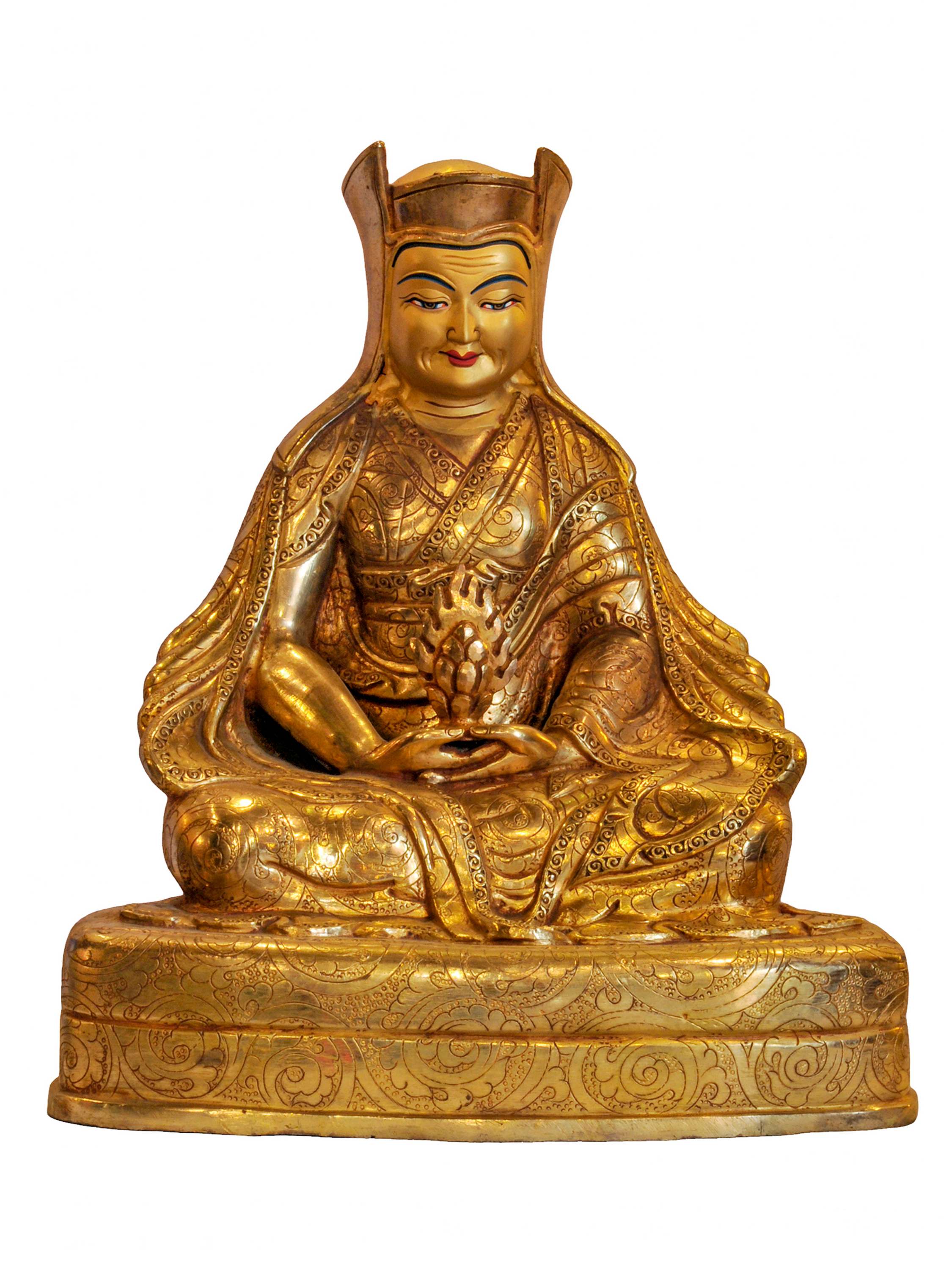

























































 of Gampopa
of Gampopa 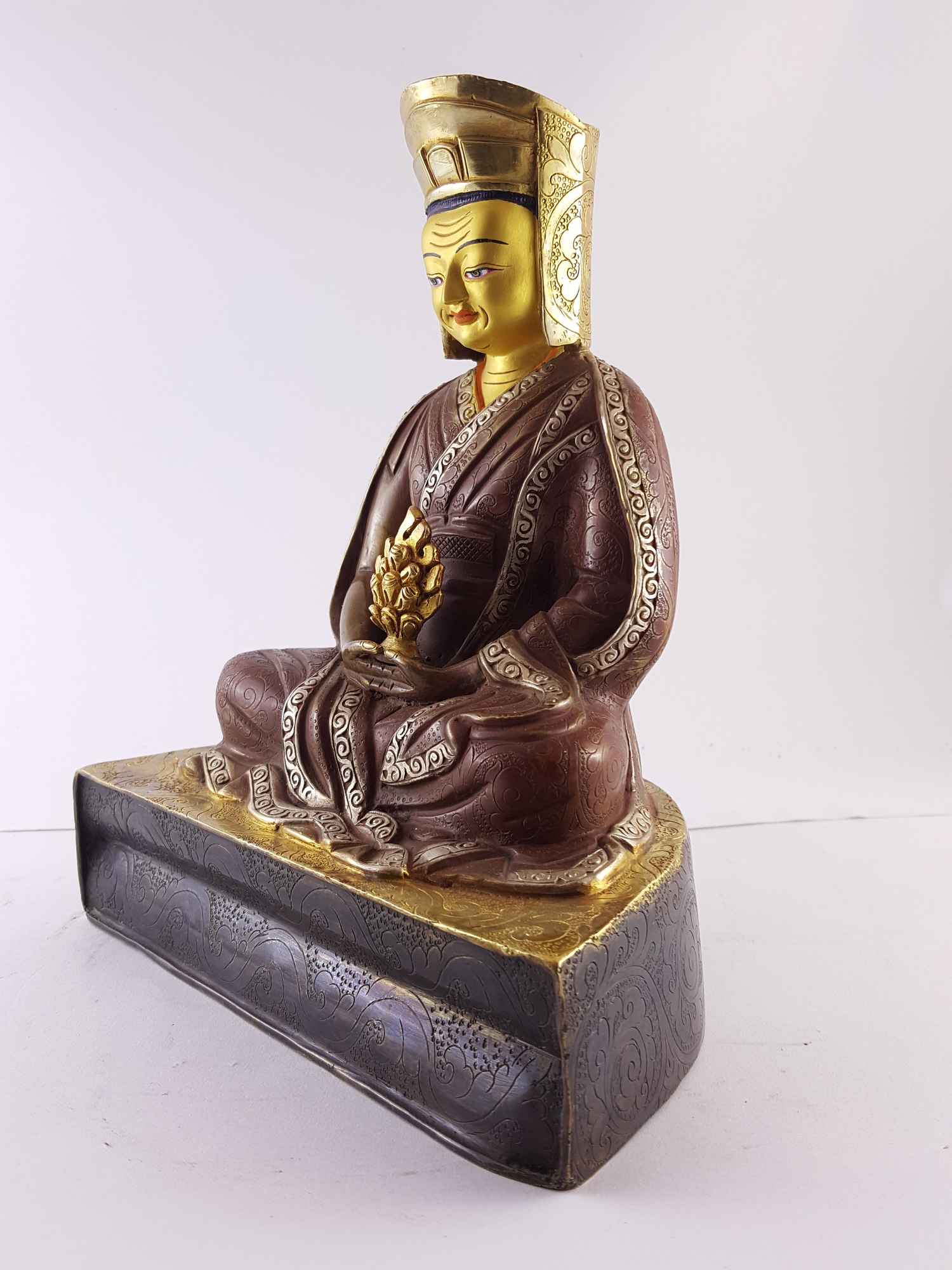 of Gampopa
of Gampopa 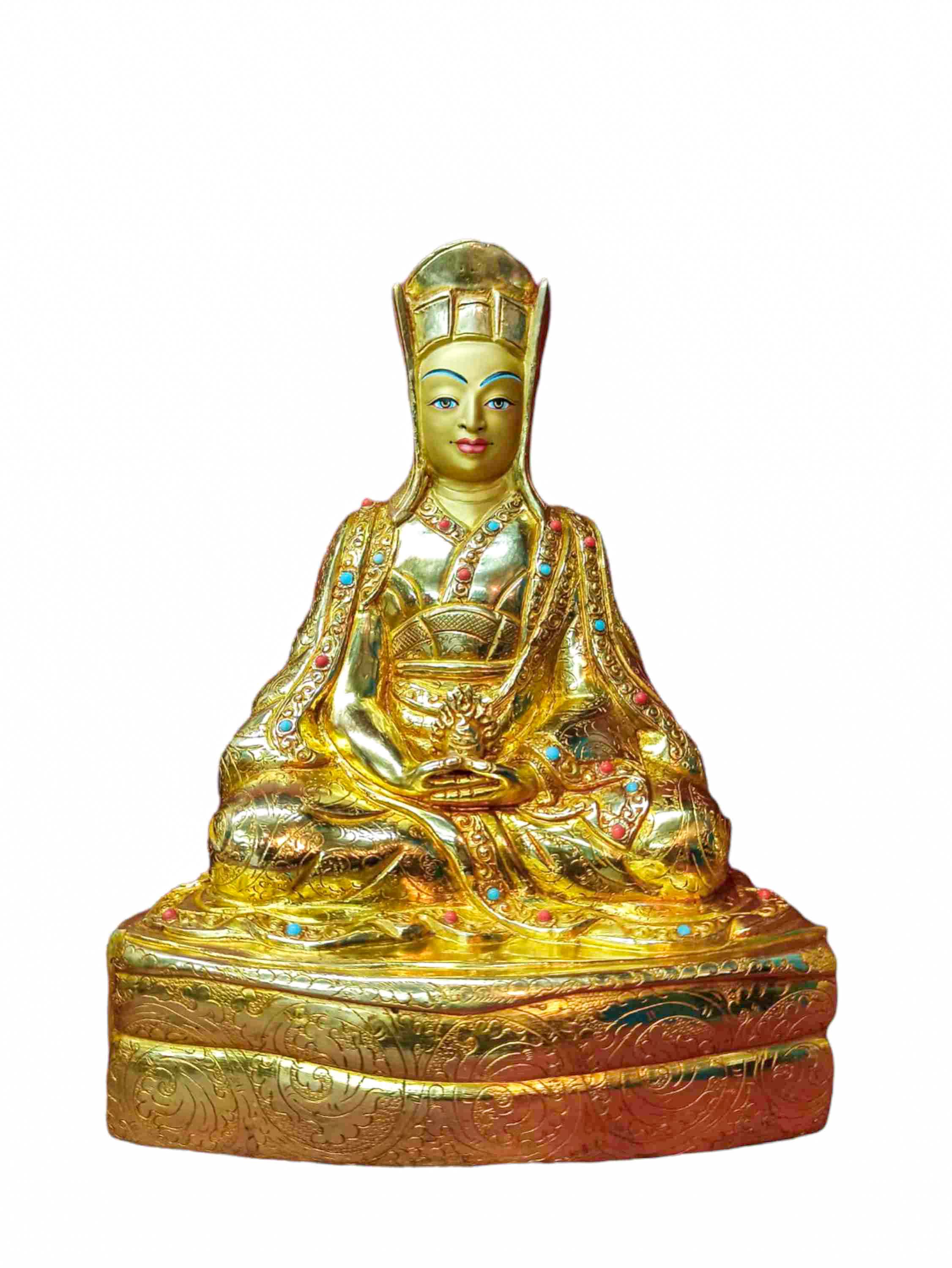 of Gampopa,
of Gampopa, 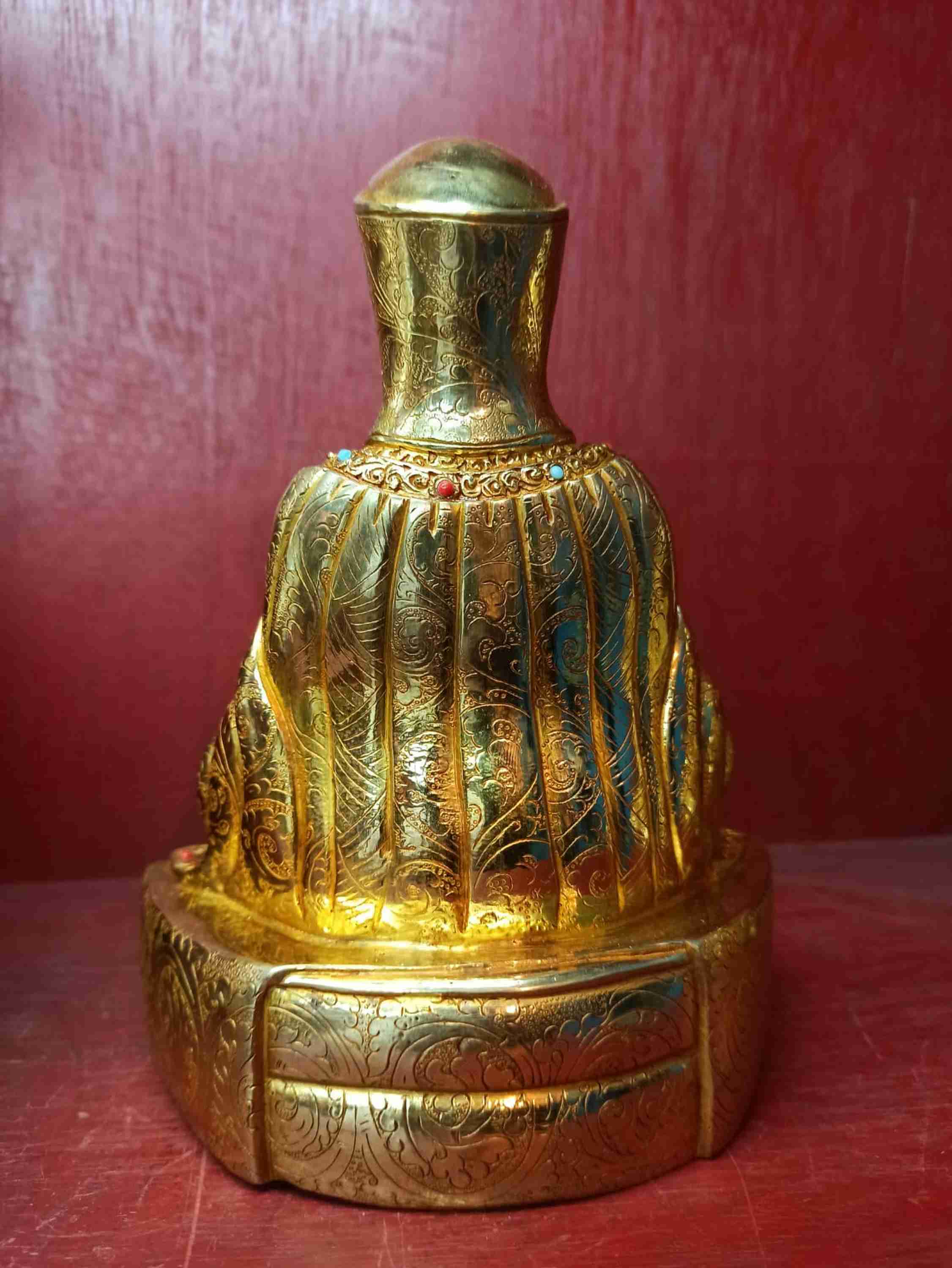 of Gampopa,
of Gampopa, 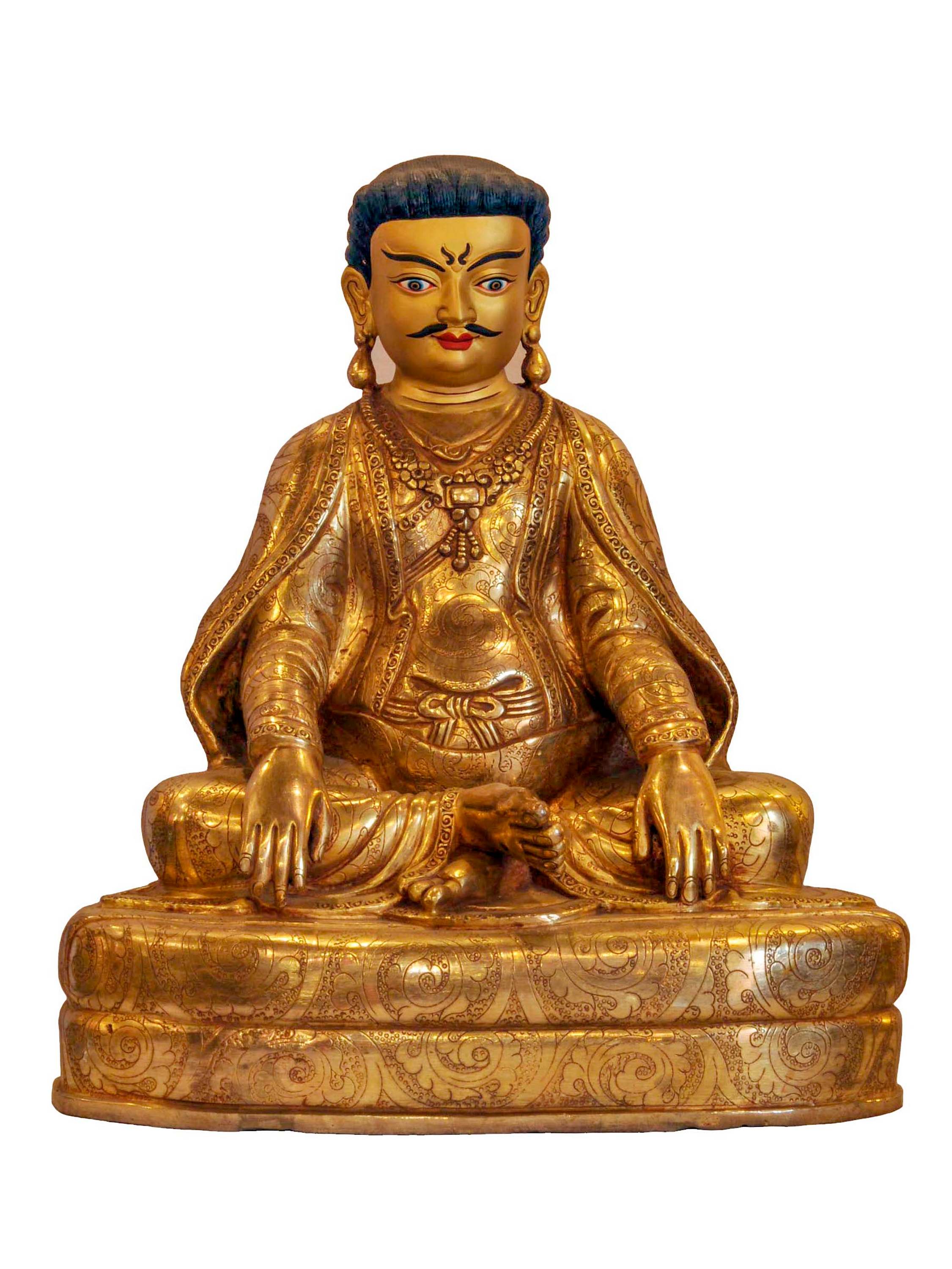 of Marpa Lotsawa,
of Marpa Lotsawa,  of Marpa Lotsawa,
of Marpa Lotsawa, 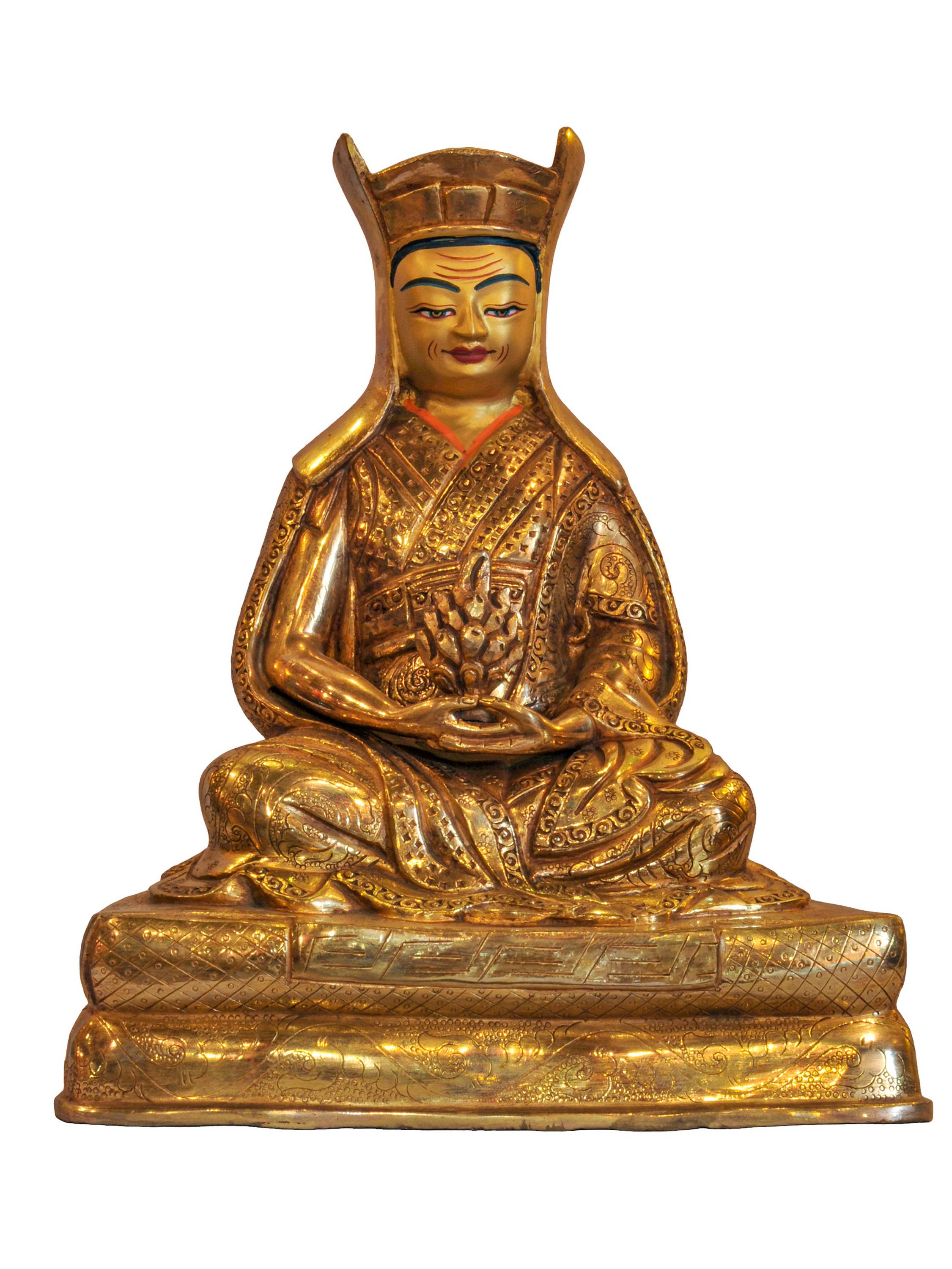 of Gampopa,
of Gampopa, 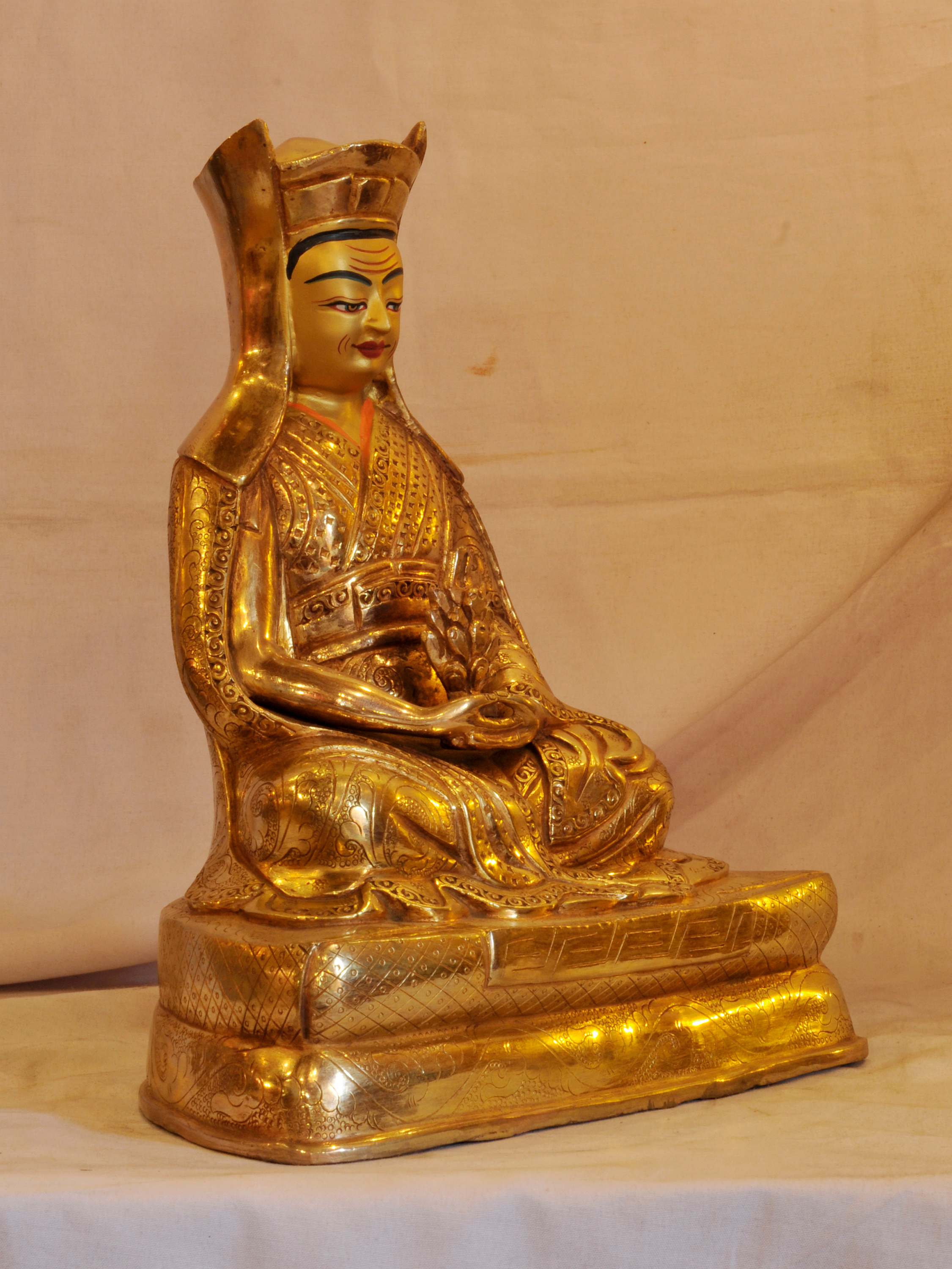 of Gampopa,
of Gampopa,  of Naropa,
of Naropa, 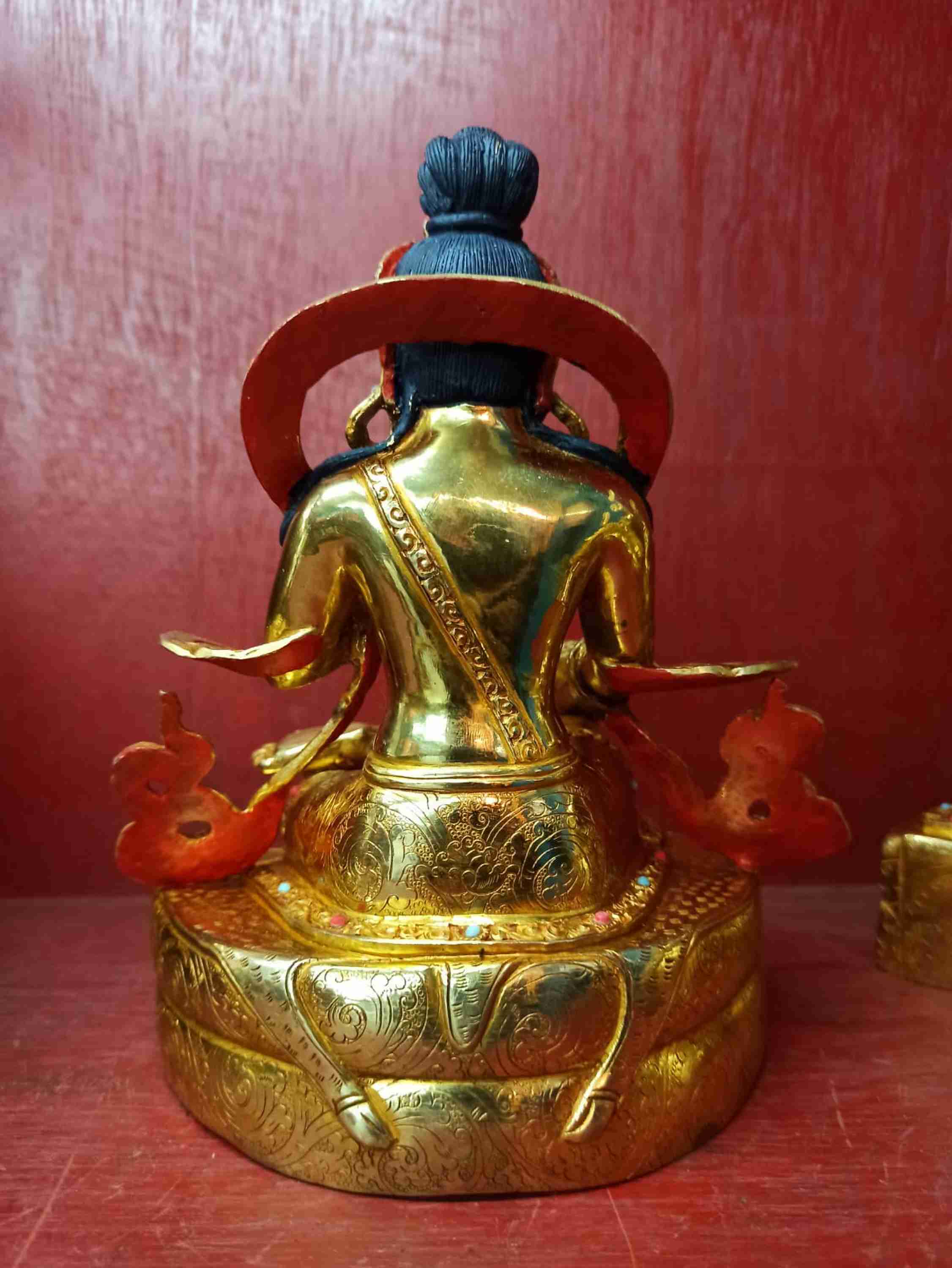 of Naropa,
of Naropa,  of Marpa Lotsawa,
of Marpa Lotsawa, 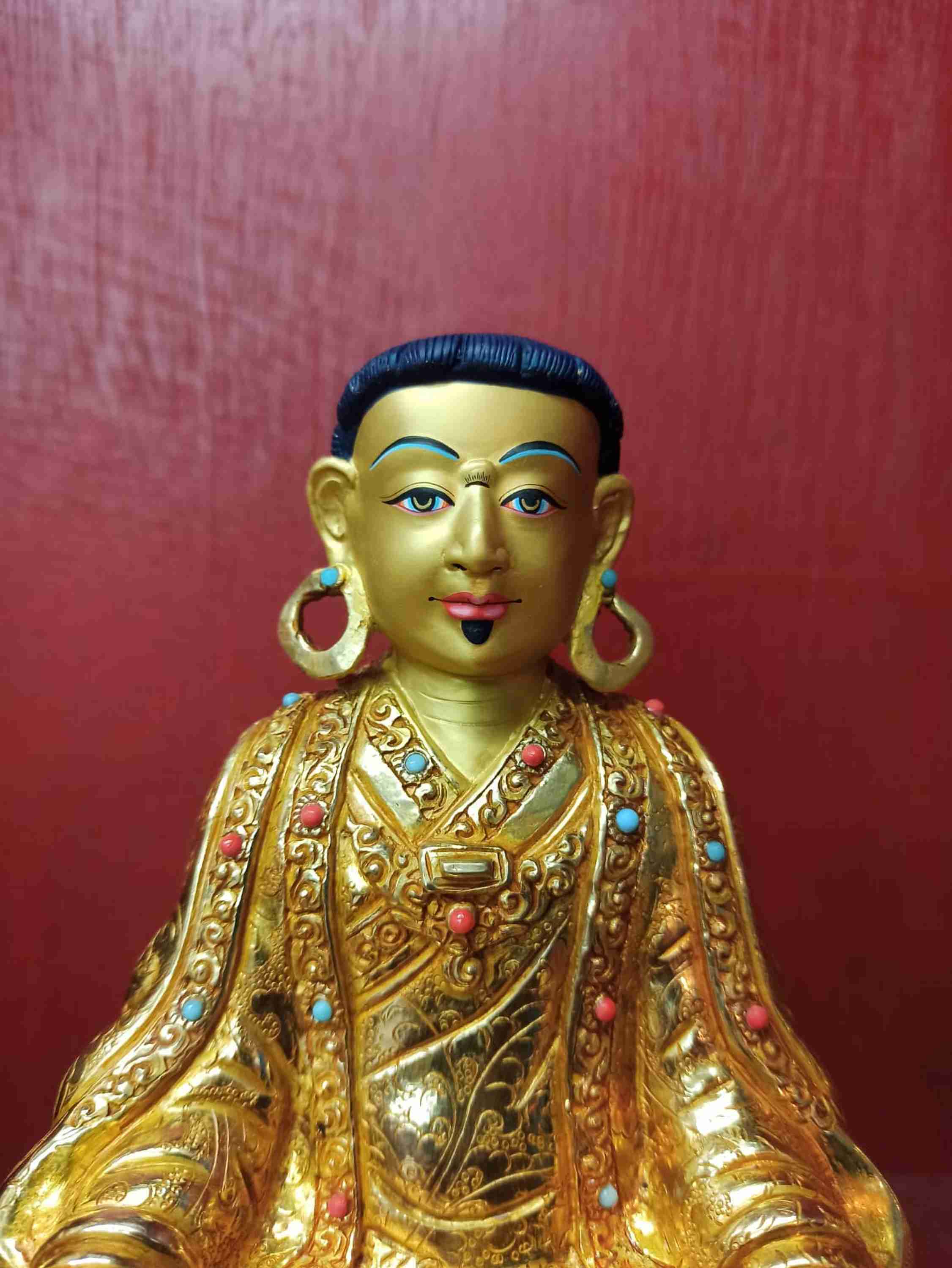 of Marpa Lotsawa,
of Marpa Lotsawa, 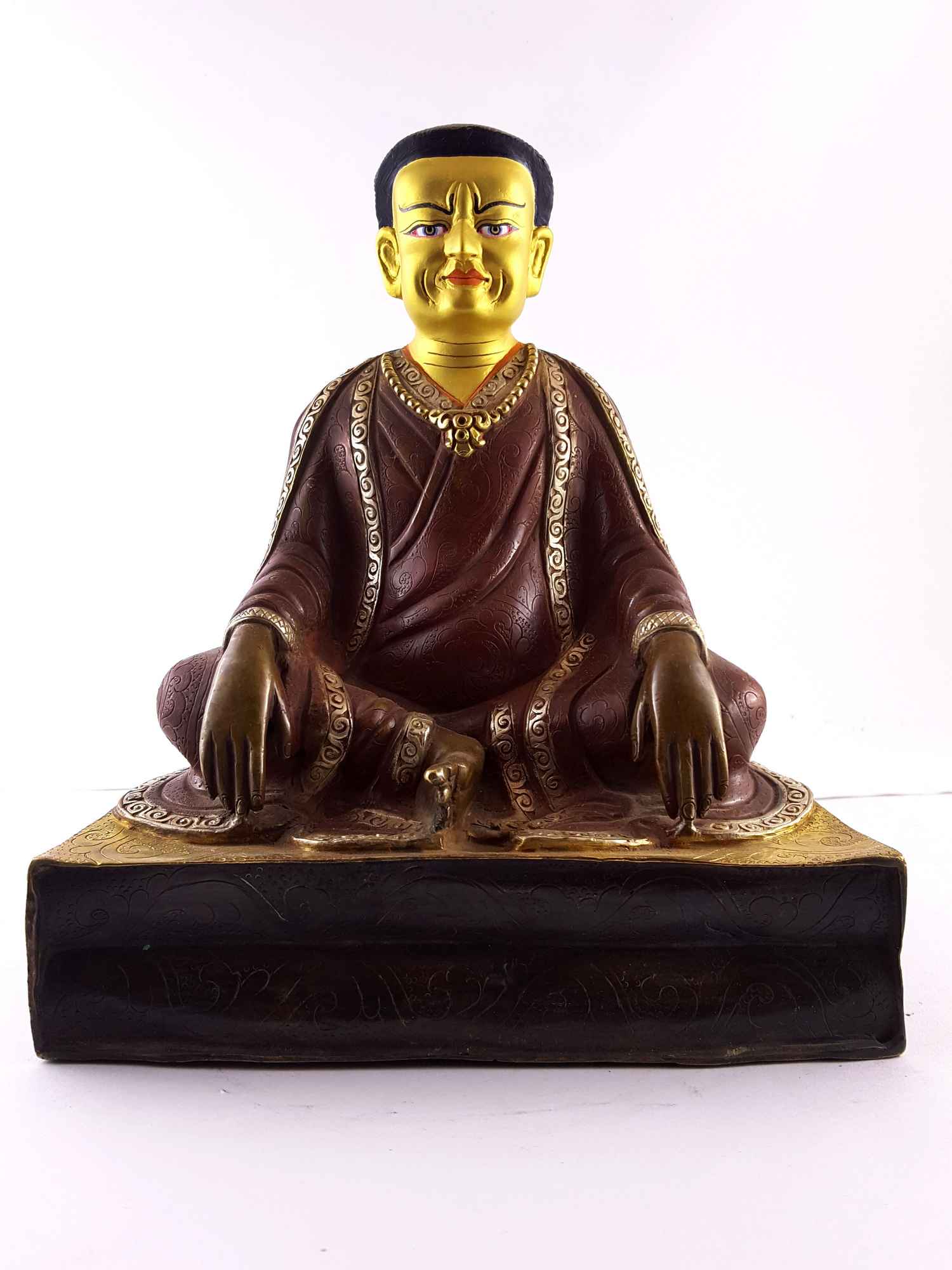 of Marpa Lotsawa
of Marpa Lotsawa 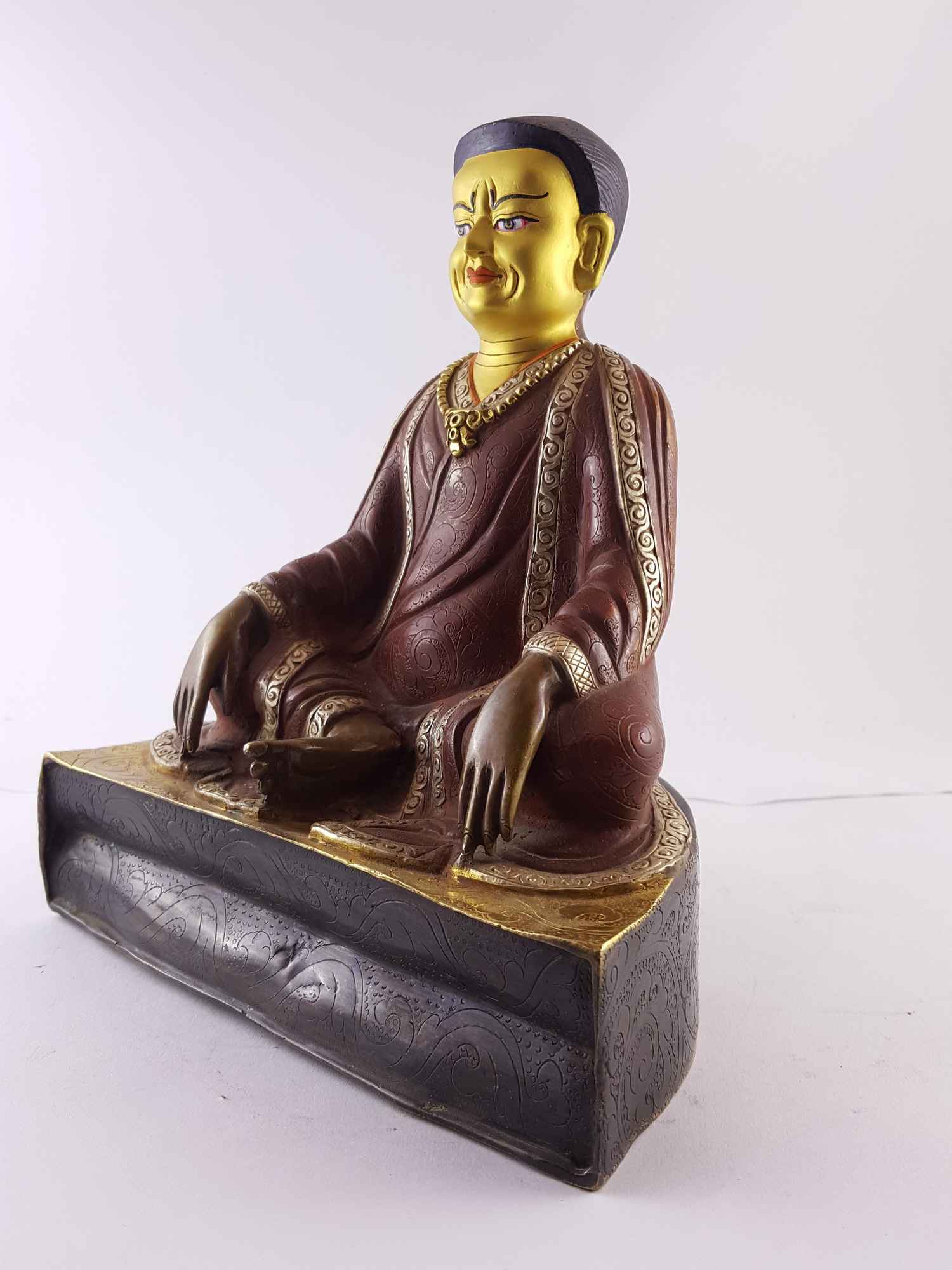 of Marpa Lotsawa
of Marpa Lotsawa 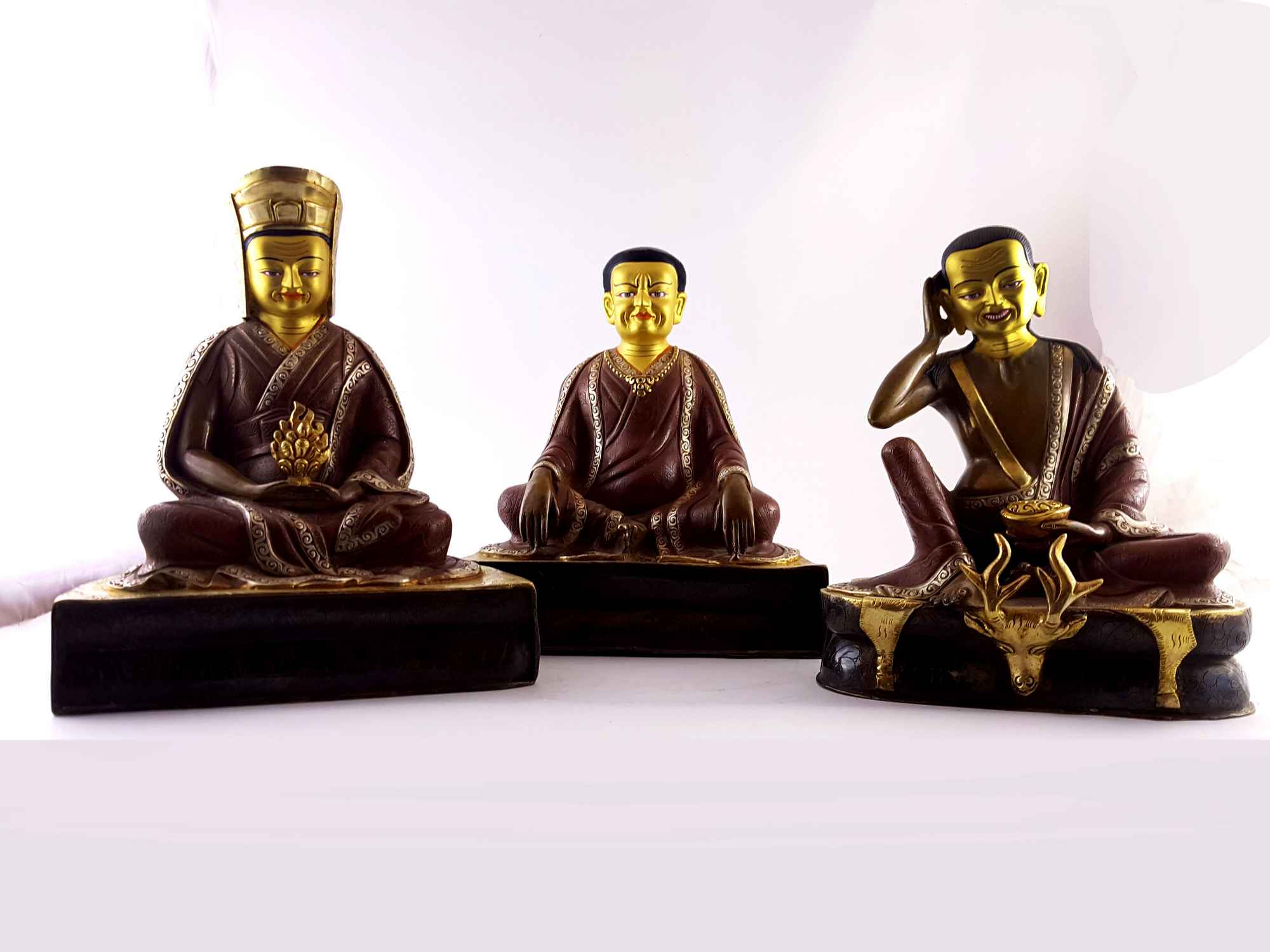 of Guru Set
of Guru Set  Monastery Quality Statue
Monastery Quality Statue  Monastery Quality Statue
Monastery Quality Statue 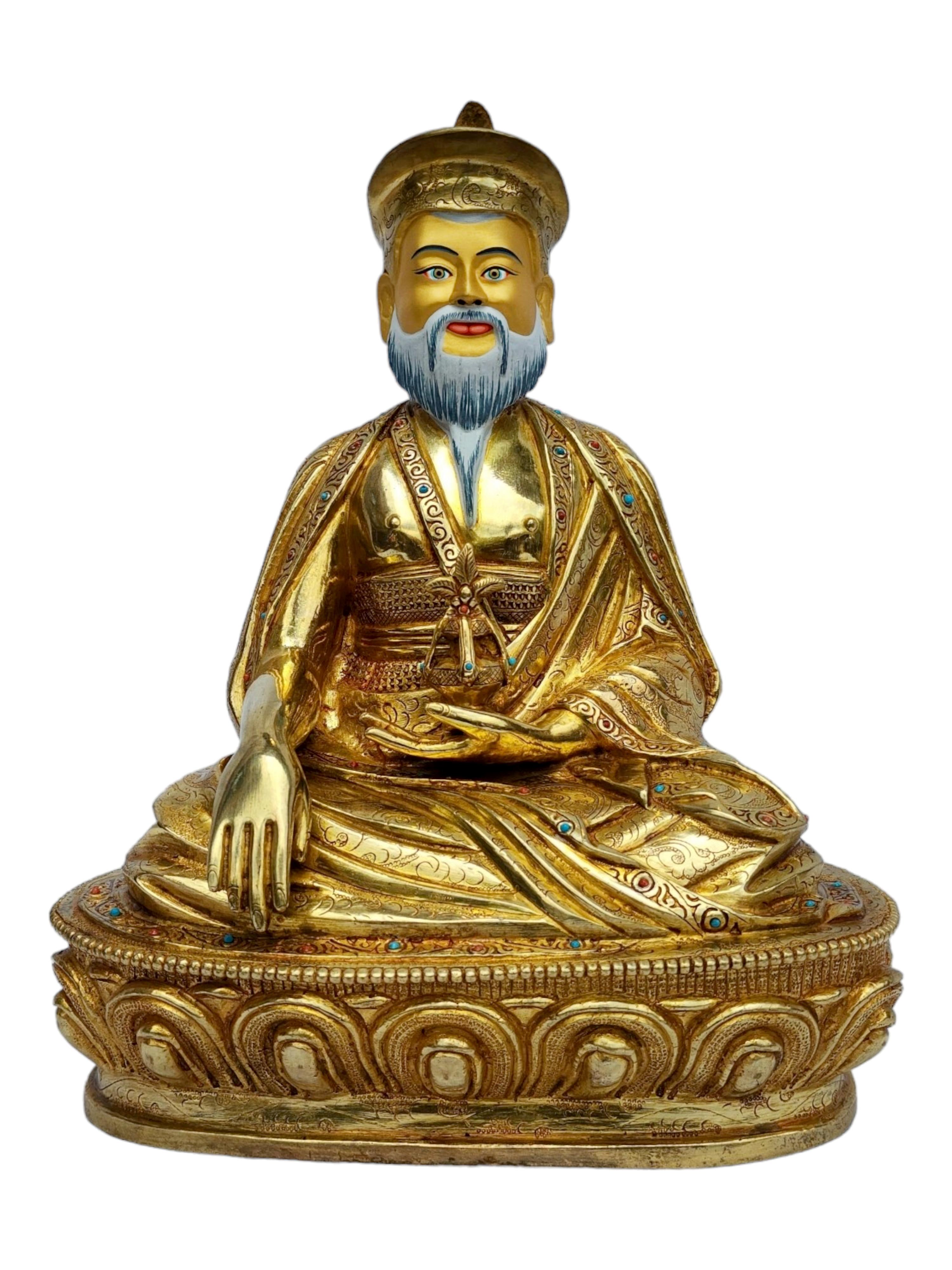 4th Zhabdrung Rinpoche, Buddhist Handmade Statue,
4th Zhabdrung Rinpoche, Buddhist Handmade Statue, 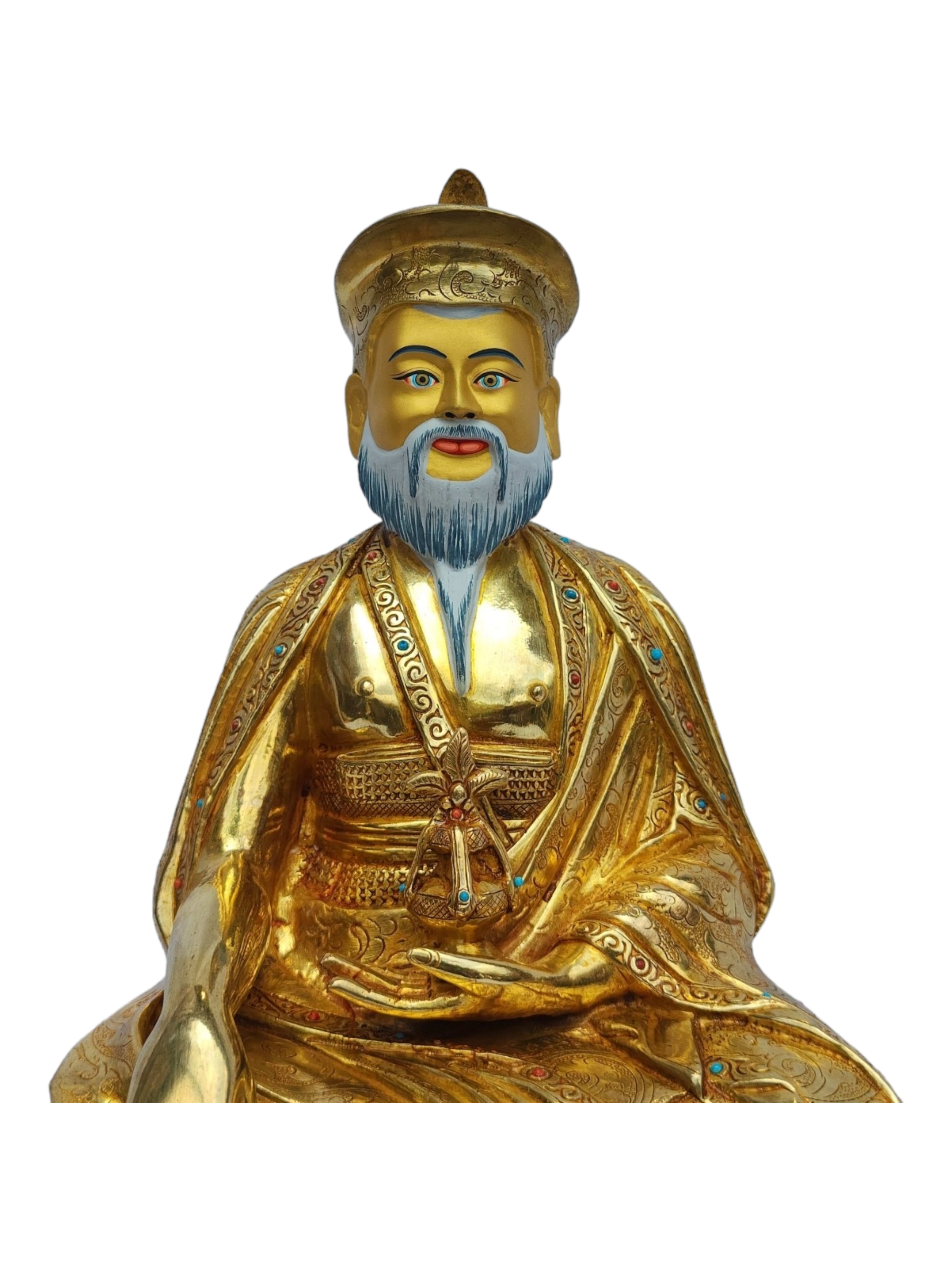 4th Zhabdrung Rinpoche, Buddhist Handmade Statue,
4th Zhabdrung Rinpoche, Buddhist Handmade Statue,